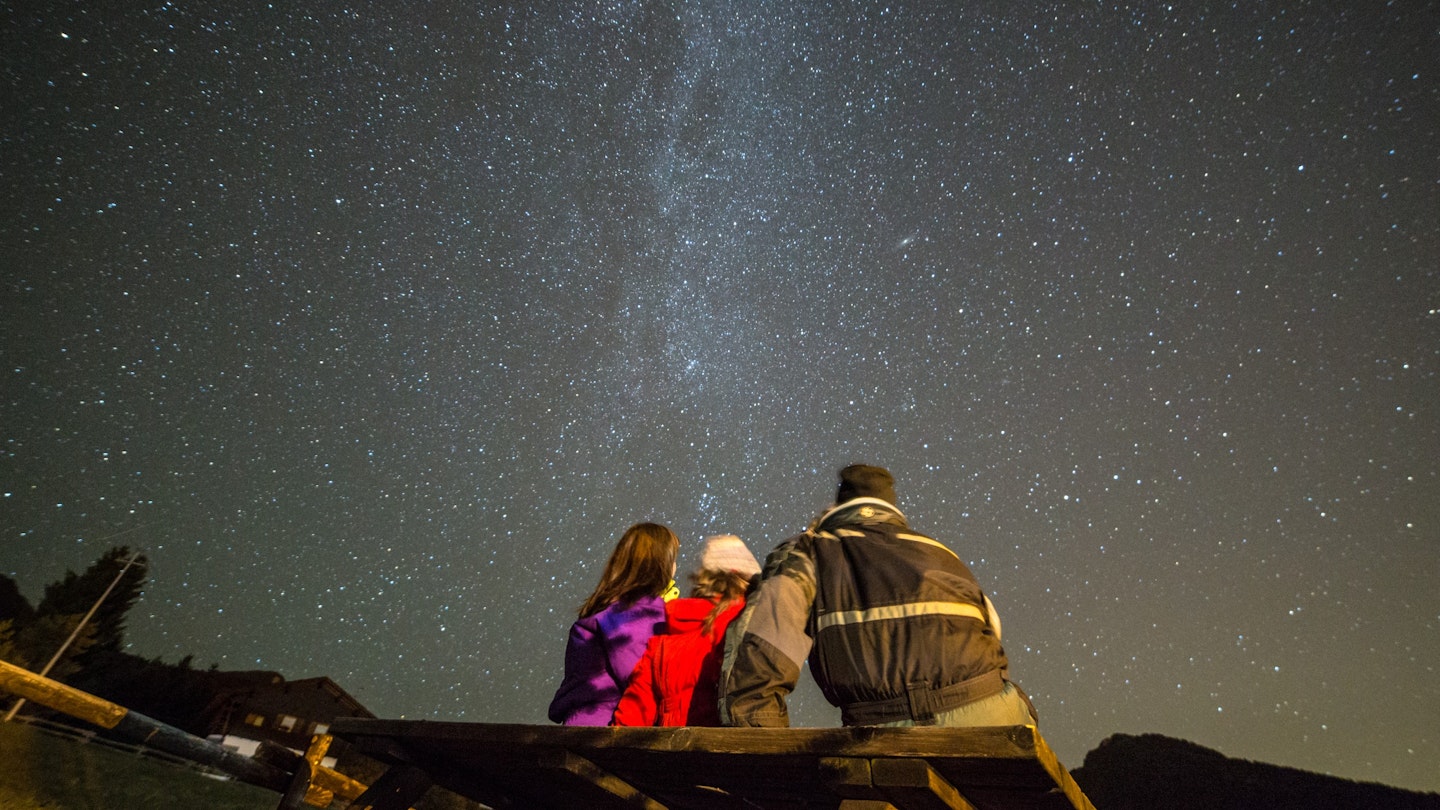An Italian town has become the first in the country to be certified as a Starlight Stellar Park by the Starlight Foundation, which aims to protect the night skies and the right to starlight. Saint-Barthélemy Valley in Valle d’Aosta in northern Italy is perfect for stargazers, partly because it is surrounded by mountains that shield it from light pollution.

The award is given by the foundation, which is part of Unesco, to areas with excellent sky quality as a result of protection and conservation. The Saint-Barthélemy valley is the fourth Starlight Stellar Park in the world, because it offers a night sky filled with stars that are visible to both telescopes and the naked eye. It helps that the area is not densely populated, and special measures have been taken to illuminate the hamlet while keeping the sky dark.
Modernising the street lighting by implementing LED lights designed to shine on the roads and not upwards towards the sky was conducted as part of the Exo-Eco project. The project was funded by a European cross-border cooperation program between France and Italy called European Interreg Alcotra Project, which concentrated on Saint Barthélemy’s public spaces, observatory and planetarium.

“We are proud that Lignan is the first Starlight Stellar Park in Italy,” says Jean Marc Christille, director of the Clément Fillietroz-Onlus Foundation, which manages the area’s observatory and planetarium. “It has been a long and complex path, the initial steps of which date back to 2009, when the director at that time, Professor Enzo Bertolini, became aware of the Starlight Initiative. Years later, we managed to carry it to completion thanks to the Exo-Eco project, which finishes at the end of September after more than three years of work.”





